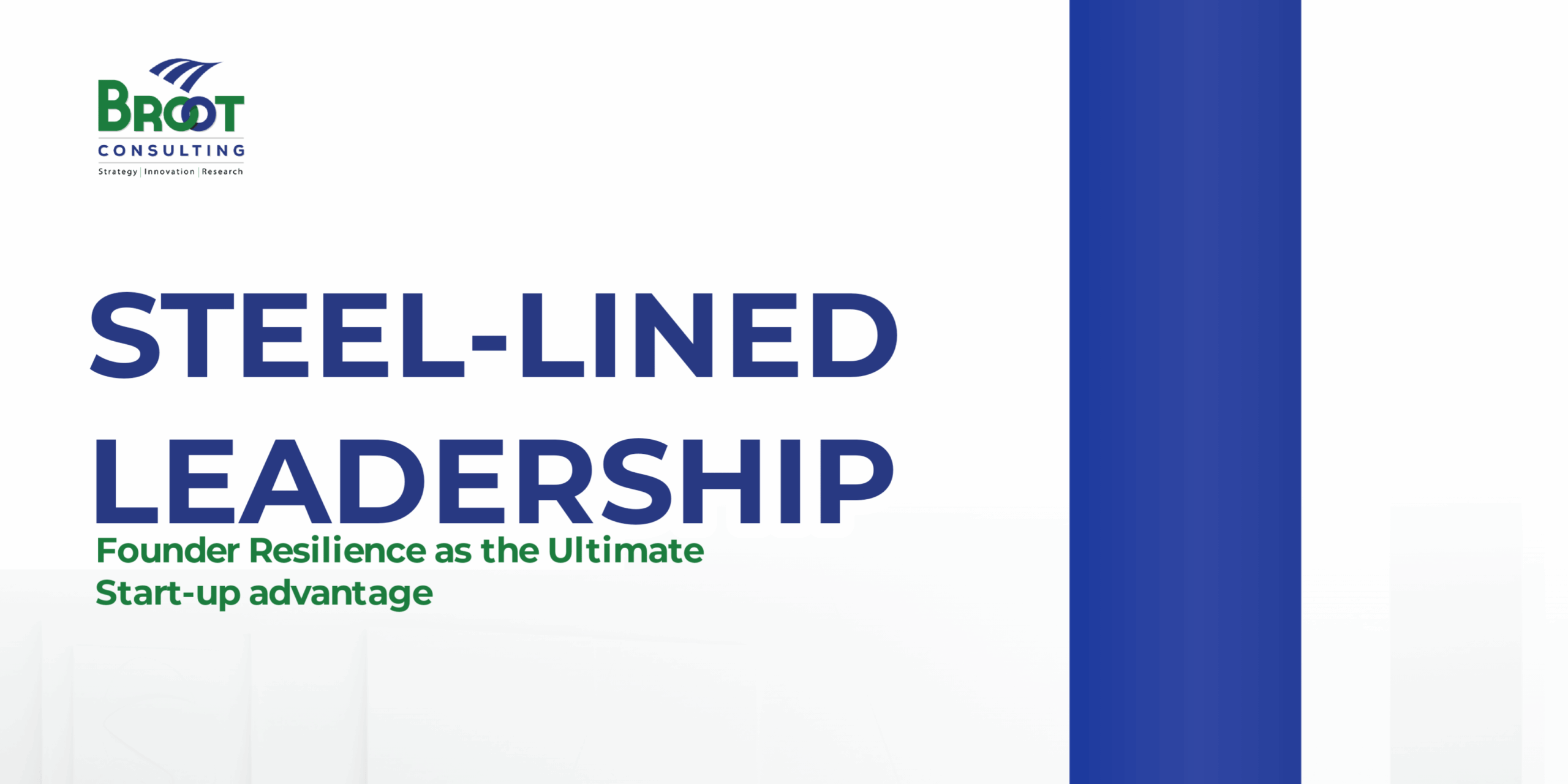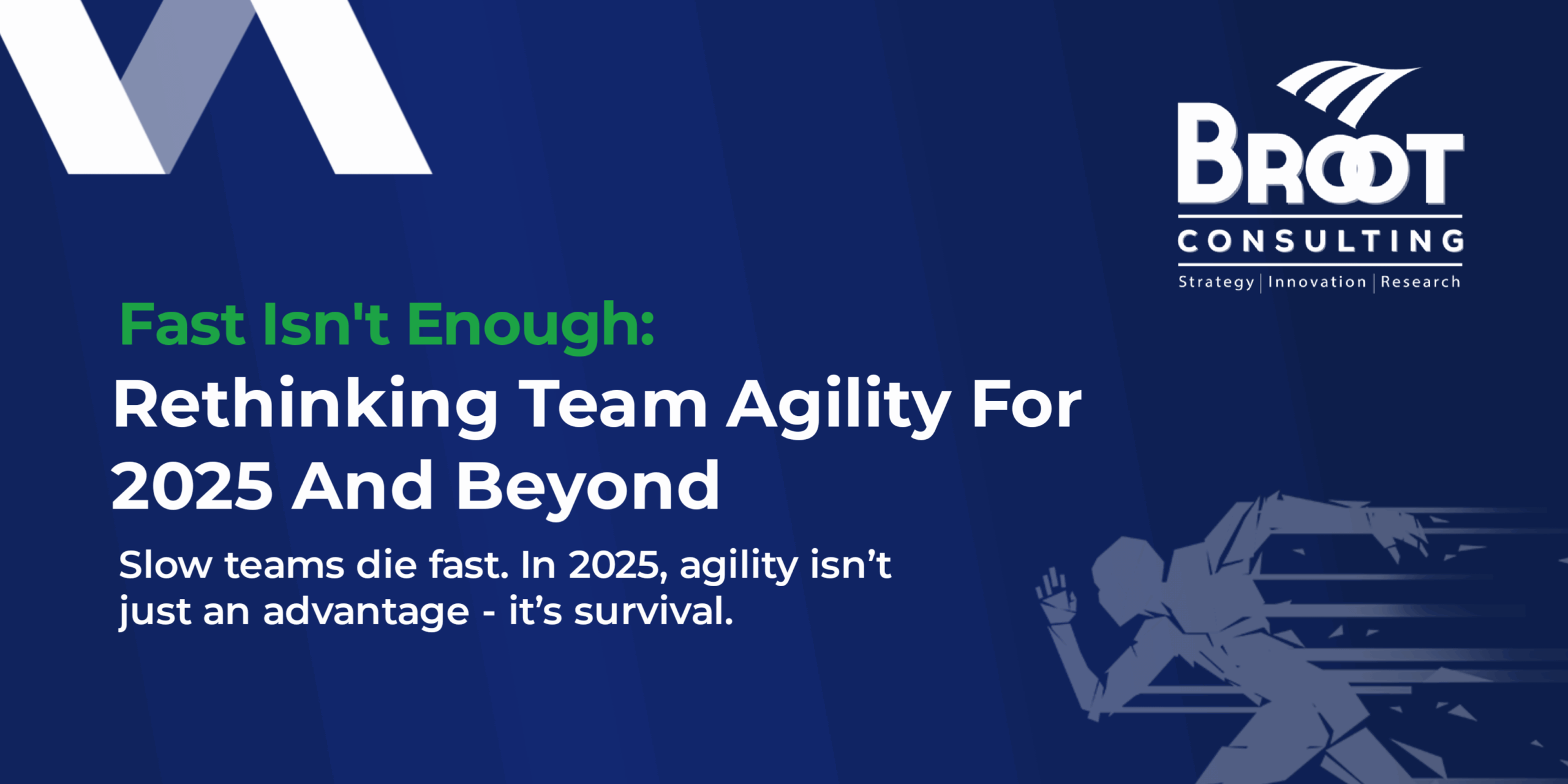Does empathy truly win in business and provide transformational leadership that bequeaths people’s strong values and shared prosperity?
If you’re caught in the divide and unsure whether empathy works, you’re not alone. But let me introduce you to Patricia Moore, a young industrial designer who didn’t just believe in empathy; she embodied it.
At twenty-six, Patricia worked at Raymond Loewy, the design powerhouse behind iconic creations like the Coca-Cola bottle and the Shell logo. During a routine planning meeting, she posed a simple yet profound question: “Couldn’t we design the refrigerator door so that someone with arthritis would find it easy to open?”
The boss’s curt reply stunned her: “Pattie, we don’t design for those people.”
What did he mean by “those people”? Why were their needs dismissed? Patricia’s quest for answers ignited a radical journey that would redefine industrial design.
In a bold move to challenge exclusion, Patricia Moore decided to immerse herself in the life of an eighty-year-old woman. She meticulously transformed her appearance—applying makeup to simulate wrinkles, donning glasses that blurred her vision, attaching a brace, wrapping bandages around her torso, and even plugging her ears. With uneven shoes and a walking stick, she embarked on a remarkable journey, experiencing firsthand the daily challenges faced by the elderly.
Between 1979 and 1982, Moore crisscrossed over a hundred American cities, navigating supermarkets, conquering stairs, exploring department stores, and using public transport—all while wearing her elderly persona. Her experiment wasn’t without risk; she endured a harrowing incident where she was robbed, beaten, and left for dead by a gang of youths.
Yet, this immersive journey yielded profound insights. Moore leveraged her experiences to revolutionize industrial design. Her focus shifted towards creating products that catered specifically to the needs of elderly individuals. Notably, she designed a potato peeler with a thick rubber handle, perfect for those with arthritic hands. Her pioneering work laid the groundwork for Universal Design—an approach ensuring products are accessible and usable by the widest range of people.
Beyond product design, Moore’s impact extended into her career trajectory. She founded her own design firm, became an expert in gerontology, trained nursing home staff in empathy, and tirelessly advocated for senior citizens’ rights. Her legacy lives on through the “empathic model” of design, inspiring countless innovators to prioritize empathy and create solutions that truly make a difference.
Empathy in Business: A Winning Strategy
Patricia Moore’s story underscores the transformative power of empathy in business. By putting herself in the shoes of those often overlooked, she was able to design products that met real needs, thereby driving innovation and improving lives. Her journey teaches us that empathy is not just a moral imperative but a strategic advantage in business.
Imagining Empathy Experiments in Today’s World
If Patricia Moore had your job today, what empathy experiments might she conduct to expand her worldview and imagination? She might immerse herself in the lives of differently-abled individuals to design more inclusive technology. She could experience the daily challenges low-income families face to create affordable, high-quality products. Or she might live among rural communities to understand their unique needs and innovate solutions that bridge the urban-rural divide.
Celebrating Empathy and Innovation
As we celebrate Patricia Moore’s legacy, let us recognize empathy’s profound impact on innovation. By embracing the experiences of others, we can design solutions that are not only functional but also inclusive and transformative. Moore’s journey reminds us that when we prioritize empathy, we create a world where everyone’s needs are considered, leading to better products, happier customers, and a more compassionate society.
In conclusion, Patricia Moore’s story is a powerful reminder of how radical empathy can drive innovation and change the world. By celebrating her legacy and applying her principles, we can foster a culture of empathy in business, leading to groundbreaking innovations and a more inclusive future.
How to infuse empathy into your team
When you embrace empathy, you can enhance collaboration, communication, and overall effectiveness in your work environment and among your team. The following steps are necessary to drive empathy in your organization.
Shift Perspectives:
Approach Challenges from Different Angles: Put yourself in the shoes of your colleagues or team members. Imagine the problem or situation from their perspective. Develop tolerance for embracing diverse viewpoints and find more holistic solutions.
Listen Actively:
Be Fully Present: When team members speak, give them your undivided attention. Understand their perspectives without interrupting or formulating responses in your mind.
Ask Questions to Understand: When discussing issues, inquire about their experiences and thought processes. Understand what led them to a particular conclusion. Active listening and open-ended questions foster empathy.
Truly Listen: Pay attention when others speak. Observe both verbal and nonverbal cues. Empathetic listening builds stronger connections.
Acknowledge Emotions:
Validate Feelings: Recognize how others feel. Validating their emotions creates a positive impact on conversations. Show empathy by acknowledging their experiences.
Collaborate for Solutions:
Seek Preferred Resolutions: Collaborate with your team to find solutions that meet everyone’s needs. Consider what would work best for your colleagues and stakeholders.
Offer Support:
Lend a Helping Hand: Be willing to assist. Empathy involves genuine care for others, whether it’s providing practical help or emotional support.
Challenge Assumptions:
Reflect on Biases: Examine your assumptions and biases. Empathy requires openness to different perspectives and a willingness to learn.
Practising empathy fosters better relationships, creativity, and understanding in the workplace. Embracing empathy contributes to a more compassionate and collaborative work environment.
Authors:





